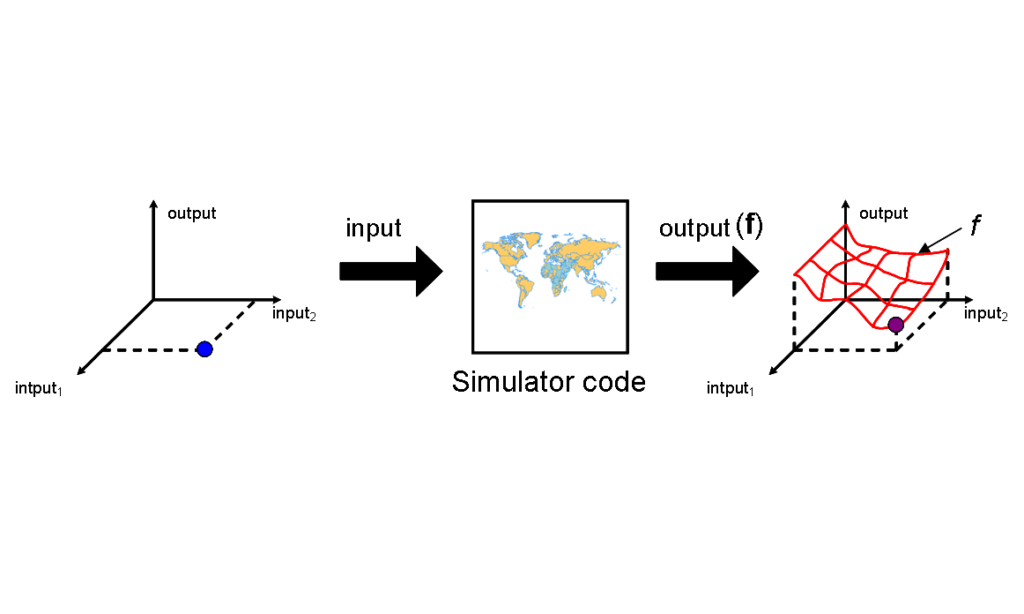Abstract
For many industrial fluid dynamics problems, it is impractical to perform experiments on the physical world directly. Instead, complex, physics-based simulation codes are used to run experiments on computer hardware. Accurate, high-fidelity computational fluid dynamics (CFD) models are typically time-consuming and computationally expensive, a serious impediment to the successful
application of formal sensitivity analysis in engineering design. While advances in high performance computing and multi-core architectures have helped, routine tasks such as visualisation, design space exploration, sensitivity analysis and optimisation quickly become impractical. In many design problems, thousands of function evaluations may be required to undertake an optimisation study. As a result, researchers have turned to methods that mimic the behaviour of the simulation model as closely as possible, while being computationally cheaper to evaluate. This work concentrates on the use of data-driven, global approximations using compact surrogate models in the context of computer experiments. The objective is to construct a surrogate model that is as accurate as possible over the complete design space of interest using as few simulation points as possible. Once constructed, the global surrogate model is reused in other stages of the computational engineering pipeline, such as optimisation. This paper applies surrogate modelling techniques to a CFD model of sediment transport in a raked industrial thickener. The surrogate is used to demonstrate single and multi-objective optimisations for the case study. For multi-objective problems, use from a practical design perspective is illustrated through four examples, in which the best design solution or operational response is sought to different process scenarios.
Paper download

